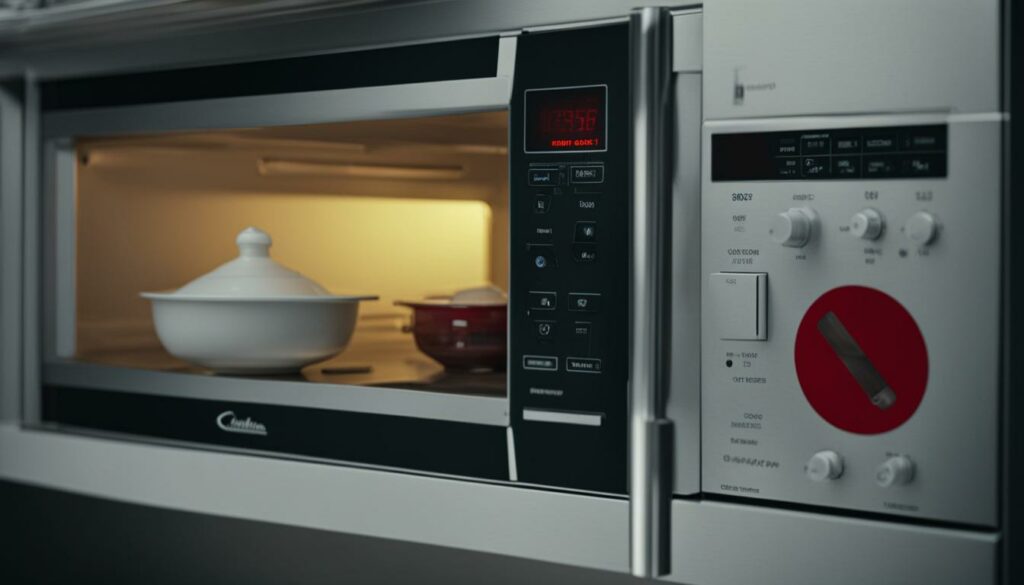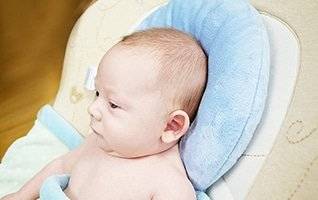If you are a new parent, you might be wondering whether bassinets have an expiration date. After all, you want your baby to have the safest sleep possible. It is crucial to understand the lifespan of a bassinet to ensure that you are providing your little one with a secure sleeping environment.
Bassinets are a popular choice for new parents because they allow for safe sleep in close proximity to the caregiver. However, like any baby product, they have a usage life and eventually need to be replaced.
In this section, we will discuss the importance of understanding bassinet usage life, the different types of bassinets available, and the role of a crib mattress in creating a safe sleep environment for your baby. We will also touch upon the question of whether bassinets expire, and what factors can affect their longevity.

Key Takeaways
- It is essential to understand the lifespan of a bassinet for safe sleep practices for your baby.
- Bassinets, like any baby product, have a usage life and eventually need to be replaced.
- There are different types of bassinets available, including cradles and cribs, each with their own associated usage life.
- The role of a crib mattress in creating a safe sleep environment for your baby is crucial.
- Factors such as the risk of Sudden Infant Death Syndrome (SIDS), product recalls, and expiration dates on bassinets can affect their longevity and safety.
Types of Bassinets and Their Usage Life
When it comes to bassinets, there are several types available on the market, including cradles and cribs. Each of these bassinets has a different usage life, which is important to understand to ensure the safety of your baby during sleep.
Cradles
Cradles are typically designed for newborns and can be used up to around four months of age or until your baby starts rolling over and pushing up on their hands and knees. Once your baby reaches this stage, it is time to transition to a crib.
It’s important to note that cradles are often smaller and more portable than cribs, making them a popular choice for parents who plan to travel with their baby. However, it’s important to always adhere to safe sleep guidelines, regardless of where your baby is sleeping.
Cribs
Cribs are larger than cradles and can be used for a longer period of time. In general, a crib can be used until your child is around three years old. However, if your child is tall or has outgrown the crib, it may be time to transition to a toddler bed.
It’s important to choose a crib that meets current safety standards and has not been recalled. A firm and properly fitting crib mattress is also essential for safe sleep. Make sure to regularly inspect your crib for any signs of wear or damage and follow the manufacturer’s instructions for assembly and use.
In summary, understanding the usage life of cradles and cribs is crucial for providing a safe sleep environment for your baby. Always choose a bassinet that meets safety standards, has not been recalled, and is appropriate for your baby’s age and developmental stage.
Factors Affecting Bassinet Longevity
When it comes to ensuring safe sleep for your baby in a bassinet, understanding the usage life of the product is crucial. However, there are other factors that can affect bassinet longevity and safety.
Sudden Infant Death Syndrome (SIDS) is a significant risk for babies, and some experts recommend replacing a bassinet after a certain period to reduce this risk. The American Academy of Pediatrics recommends that infants should sleep in the same room as their parents, ideally in a separate crib or bassinet, for at least the first six months of their life to reduce the risk of SIDS.
Another factor is product recalls. Always stay informed about any recalls related to your bassinet and take any necessary actions to address any safety concerns.
Additionally, bassinets may have an expiration date due to wear and tear, and it’s important to adhere to this to ensure that your baby is sleeping on a safe surface. It’s also important to consider the usage life of a bassinet, which can vary depending on the type of bassinet.
| Bassinet Type | Usage Life |
|---|---|
| Cradles | Until the baby can push up on their hands and knees or weighs 15 pounds |
| Cribs | Until the baby can stand up or reaches 35 inches in height |
It’s essential to follow these guidelines to ensure that your baby is sleeping in a safe and healthy environment. By understanding the factors that affect bassinet longevity, you can take the necessary steps to provide a safe place for your baby to sleep.

Ensuring Safe Sleep in Bassinets
When it comes to your baby’s safety, creating a conducive sleep environment is vital. A bassinet is a popular choice for parents as it allows your baby to sleep comfortably in your bedroom, but it is important to follow safe sleep practices to minimize any risk of harm.
One critical aspect of ensuring safe sleep in a bassinet is investing in a firm and well-fitting crib mattress. The American Academy of Pediatrics (AAP) recommends that a crib mattress should be firm and tight-fitting with no gaps to prevent suffocation or entrapment hazards.
Another essential factor to consider is creating a sleep environment that is conducive to sound sleep. According to the AAP, a safe sleep environment is free from any loose bedding, soft objects, or toys that can pose a risk of suffocation or entrapment.
“Avoid leaving soft objects and loose bedding in the crib, which can increase the risk of suffocation and SIDS.”
It is also important to follow the recommended safe sleep guidelines from experts, such as placing your baby on their back to sleep and avoiding overheating by dressing them appropriately for the room temperature.
By implementing these measures, you can ensure that your baby sleeps safely and soundly in their bassinet. Remember, it is crucial to prioritize your baby’s safety and well-being when it comes to sleep.
Maintaining and Inspecting Bassinets
Ensuring the safety and longevity of your bassinet requires proper maintenance and regular inspections. By taking care of your baby’s sleeping space, you can provide a safe sleep environment and prolong the usage life of your bassinet.
Cleaning Your Bassinet
Regular cleaning is essential to prevent the buildup of dirt and bacteria in your bassinet. To clean your bassinet:
- Remove all bedding, including sheets, blankets, and bumpers, and wash them in hot water.
- Wipe down the bassinet frame, mattress, and any other surfaces with a damp cloth and mild soap solution.
- Ensure that all areas are completely dry before reassembling the bassinet.
It is important to avoid using harsh chemicals or abrasive materials that can damage the bassinet. If you notice any stains or stubborn dirt, consult the manufacturer’s instructions for specific cleaning recommendations.
Regular Inspections
Inspecting your bassinet regularly can help you detect any signs of wear or damage that may compromise its safety. Here are some things to look out for:
| Issue | What to Do |
|---|---|
| Loose or missing parts | Do not use the bassinet until the part is replaced or the issue is fixed. |
| Visible signs of wear or damage, such as cracks or tears in the fabric, or slats that are loose or broken | Discontinue use of the bassinet immediately and contact the manufacturer for repair or replacement. |
| Product recall | Check the manufacturer’s website for any recall notices and follow the instructions provided. |
Regular inspections should also include checking the bassinet’s expiration date, if applicable. If your bassinet has expired, it is time to purchase a new one to ensure the continued safety of your baby.

By maintaining and inspecting your bassinet, you can ensure its safety and promote a healthy sleeping environment for your baby. Take the necessary steps to keep your bassinet in excellent condition, and you can rest easy knowing that your little one is sleeping soundly.
You may also like to check:
Do Baby Mattresses Expire? Your Essential Guide
Do Baby Car Seats Expire? Your Essential Safety Guide
Do Baby Wipes Expire? What All Parents Need To Know
Conclusion:
As a responsible parent, you want to ensure that your baby is always safe, especially when it comes to sleep. Understanding the usage life of bassinets is essential for creating a safe sleep environment for your little one.
Remember that bassinets do have a usage life and can expire, just like any other product. It is important to check the manufacturer’s guidelines to ensure that you are using the bassinet within the recommended usage period. This will help to prevent any safety hazards that may arise due to wear and tear, or product recalls.
In addition to understanding the lifespan of bassinets, you should also ensure safe sleep practices, such as using a firm and properly fitting crib mattress, and creating a conducive sleep environment. These measures reduce the risk of SIDS and promote healthy sleep habits for your baby.
Proper maintenance and inspection of your bassinet is also crucial for its continued safety and longevity. Regular cleaning and inspections will help you to identify any signs of wear or damage, protecting your baby from any harm. Stay informed about product recalls and take necessary actions to address safety concerns.
By prioritizing your baby’s safety and comfort, you can promote healthy sleep habits and ensure their growth and development. Remember to always follow safe sleep guidelines recommended by experts, and if you have any concerns about your baby’s sleep environment, consult with your pediatrician.







